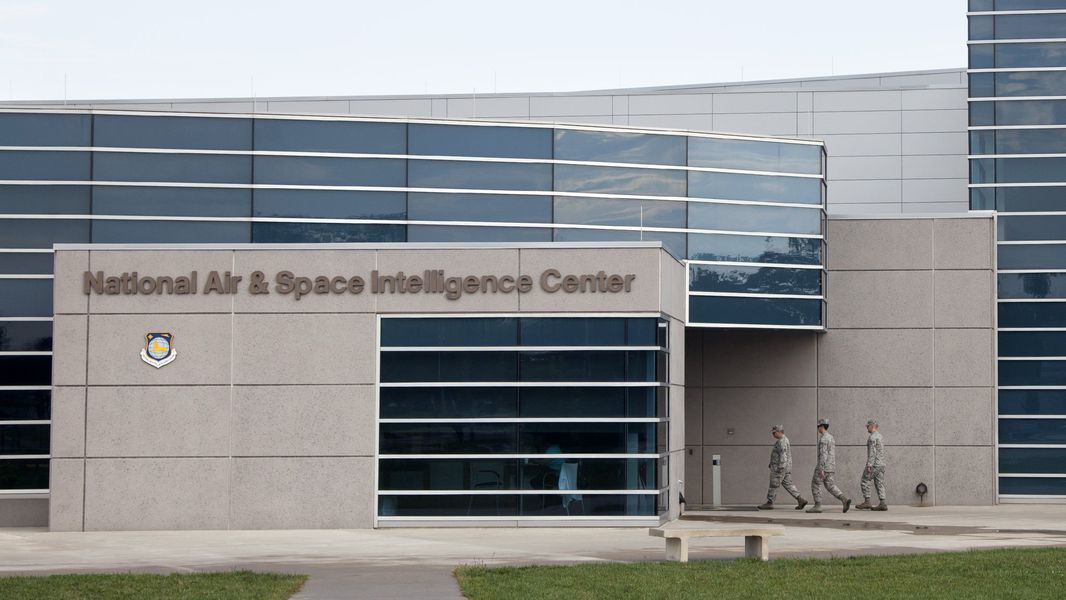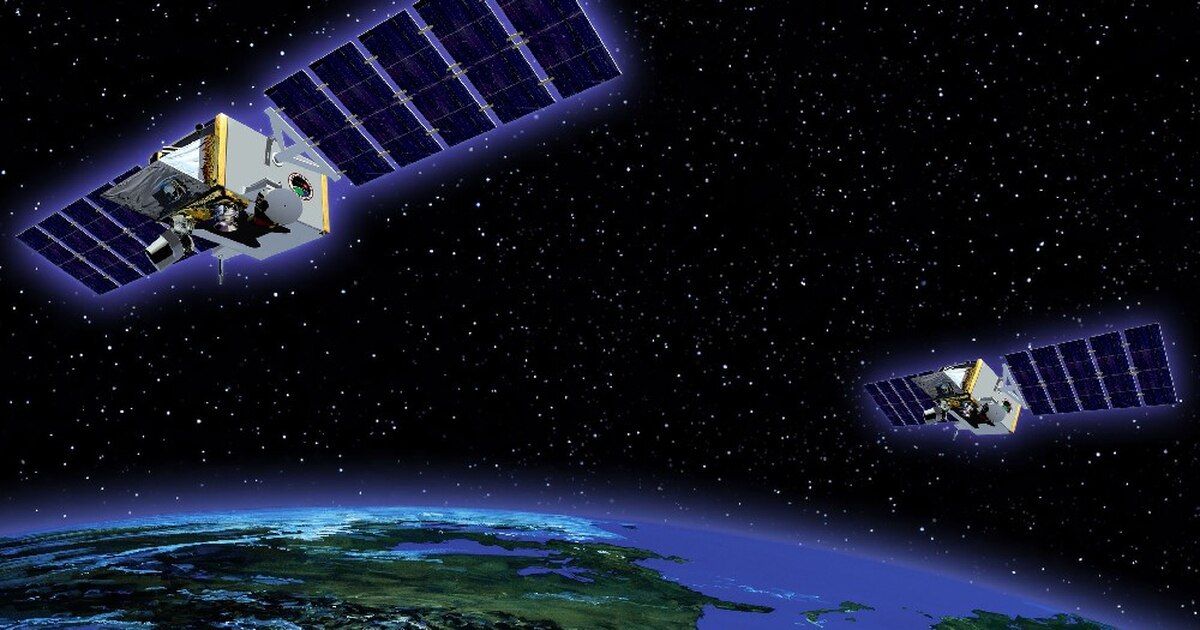New Intelligence Community Member Space Force is Looking For a Clearer Picture
Article by Scott Maucione January 7, 2021 (federalnewsnetwork.com)
• The Space Force announced last month that it would become the 18th member of the US intelligence community. It still needs to submit its plans to Congress on how it will go about making the move. The Space Force’s two core space squadrons — space analysis and counter space analysis — are currently located at the National Air and Space Intelligence Center (NASIC) at Wright-Patterson AFB (see previous ExoArticle here). During the next year, the Pentagon will set up a National Space Intelligence Center (NSIC) focused on space.
• But the Pentagon wants to maintain the information ‘synergy’ that comes with all of these squadrons being able to interact on a daily basis and talk to each other, says Maj. Gen. Leah Lauderback, Air Force director of Intelligence Surveillance and Reconnaissance. So while NSIC will be separate from NASIC, their office will remain in the same building. Lauderback said the Air Force and Space Force are looking into the engineering and modeling to best maintain the two centers together.
• Space Force’s intelligence sector will be joining an already crowded community of 17 departments and agencies. Lauderback says that Space Force needs more sensors and presence in Earth’s orbit in order to characterize threats in space. “It’s just is so much more difficult in trying to characterize something that happens 12,000 miles away …that flies over the earth once every 90 minutes, all through technical means,” says Lauderback. “I just want to be able to make a more confident call and in a faster manner.” Another priority is bettering international agreements and education with Five Eye partners and other allies.
• Space Force has already received 2,400 recruits from the ranks of the Air Force. Space Force has just graduated its first seven enlisted trainees straight from basic training. Another 86 Air Force Academy cadets have been commissioned into Space Force, and there are 6,400 Air Force personnel who still plan to move over to the new military branch. “[N]ext year, we’ll have 98 cadets that will come over,” says Chief of Space Operations Gen. Jay Raymond. “[W]e’re interviewing every single person that comes into the Space Force to be very, very selective.”
• Space Force is comprised of six career fields: Space operations, cyber operators, acquisition, engineering, cyber and intelligence. “[N]ow we have to develop those folks to fill those positions and do that organically,” says Gen. Raymond. “As new missions come about, we will add squadrons. [W]ith the units that were already in the Air Force, bringing them over, [we will] develop the manpower that fills those units today.”

New details are emerging on how the 18th member of the intelligence community will be set up as the Space Force continues to entrench itself as the newest service of the military.
Maj. Gen. Leah Lauderback, Air Force director of Intelligence Surveillance and Reconnaissance, said within a year the military will set up a National Space Intelligence Center (NSIC).

The center will develop from the two core space squadrons — space analysis and counter space analysis — that are now at the National Air and Space Intelligence Center (NASIC).
“Those squadrons will be the nucleus, they’d be the core of NSIC and then we will smatter a little bit of overhead on that to ensure that they’re getting what they need,” Lauderback said. “We absolutely want that to be co-located with NASIC. As a commander, there’s no way that we want to destroy the synergy that comes out of all of these squadrons being able to walk down the hallway and talk to each other.”
Lauderback said the Air Force and Space Force are looking into the engineering and modeling and other final assessments they need to station the two centers together.
FAIR USE NOTICE: This page contains copyrighted material the use of which has not been specifically authorized by the copyright owner. ExoNews.org distributes this material for the purpose of news reporting, educational research, comment and criticism, constituting Fair Use under 17 U.S.C § 107. Please contact the Editor at ExoNews with any copyright issue.





